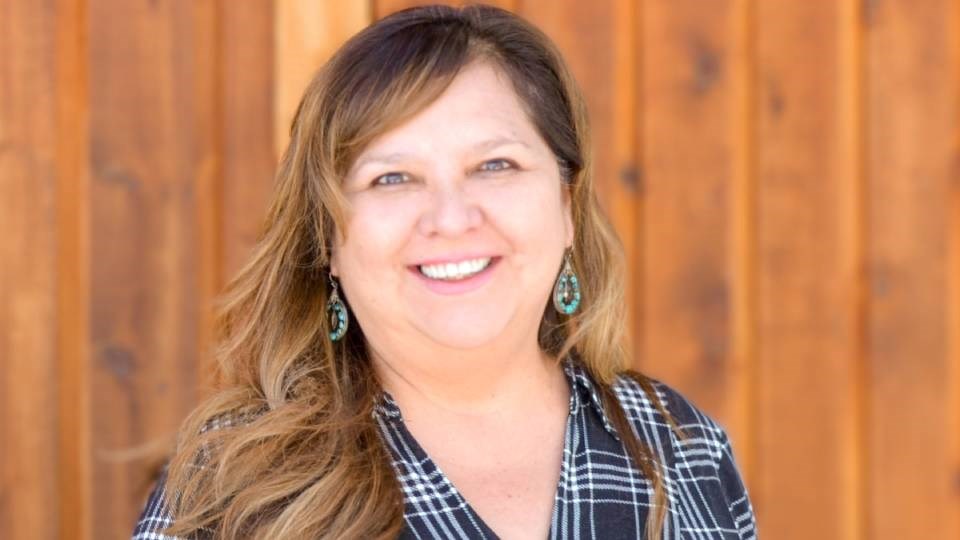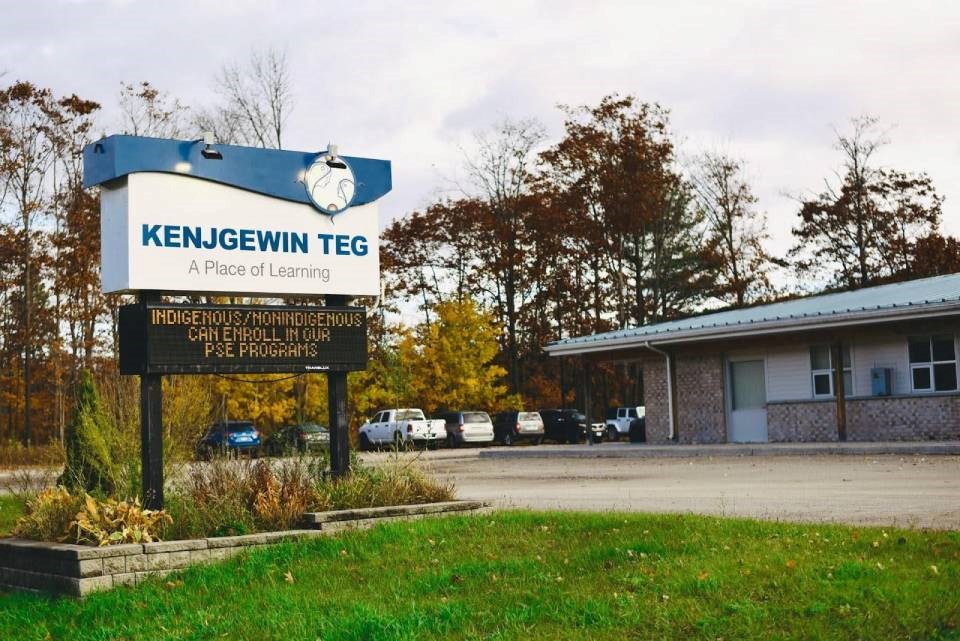One year into her tenure as Kenjgewin Teg president, Beverley Roy says the school is well on its way to establishing itself as a place to rekindle the fire of knowledge, as she puts it.
But as its student population grows — Roy counts approximately 600 learners currently enrolled in 2024 — the M’Chigeeng school, located in the central part of Manitoulin Island in Lake Huron, is going to need more of a financial commitment from the province to make those dreams a reality.
“I feel like this is a good place to ground (students) and to kind of launch them into the world that they want to choose to be a part of,” Roy told Northern Ontario Business.
“I feel like we have all the great ingredients to provide a wonderful learning experience for them.”
Since its inception in 1994, when the Waubetek Training Institute and Nda-Gkenjge-Gamig Educational Institute merged to create Kenjgewin Teg, the school has shown its resilience and flexibility in how it prepares learners for the future, Roy said.
“I would say that now it’s time we take a piece of the post-secondary pie, so to speak.”
The numbers would seem to support what Roy is asking for.
According to Statistics Canada, 23 per cent of Indigenous learners have obtained a college credential, and 11 per cent have completed apprenticeships — figures that surpass those of the general population.
And with the country firmly entrenched in a labour shortage, more Indigenous graduates — especially in the trades — could go a long way to easing pressures on the market.
“Overall, our enrollent grows year over year with the introduction and acceptance of online learning,” Roy said. “And overall, our graduation rates are higher than in the college and university sector.”
That includes a recent cohort graduating in the trades — in 2019, Kenjgewin Teg completed construction of a 9,700-square-foot Anishinabek Skills, Innovation and Research Centre to meet market demands for skilled labour in the welding, carpentry, electrical, and heavy equipment fields.
That could go a ways to helping Northern Ontario’s labour shortage.
“I know that governments have immigration policies, and that's good,” Roy said. “But I also feel that places like Kenjgewin Teg can contribute.
“We’ve had good success with our trades building, but by tapping into some of these public private partnerships a little more, we can get people into these good, highly skilled and high-paying jobs.”

There’s currently an enrolment of 18 in the Welding Prep program alone — another 26 are working towards college accreditation in trades courses — so the school could certainly plug some gaps in the local economy.
But Roy said an education at Kenjgewin Teg isn’t measured strictly by graduation rates or how many jobs can be filled.
“One of the measures of success is that we're able to demonstrate how we're weaving Anishinaabe learning into our programs,” she said. “It's more than just signing up for a course.”
“We also give students insight into their personal identity.”
The idea stems from the Anishinaabe concept of Minobimaatisiiwin — loosely translated as “the good life.”
“It's a holistic learning model, or learning philosophy,” Roy said. “It's more than just providing academic knowledge; it's also fulfilling a person’s other needs — emotional, social, intellectual, and physical.”

Kenjgewin Teg is one of Ontario’s nine Indigenous Institutes, considered a third pillar in the province’s post-secondary system alongside universities and colleges. But unlike the other two pillars, Kenjgewin Teg does not have a formal funding arrangement in place.
That means every year the school has to cobble together funding to run its programs, cultivate new private partnerships, and continually seek firm financial footing.
It’s a daunting task, but Roy says she is optimistic about getting onto stable ground, even as other northern schools struggle with deficits, mismanagement and an over-reliance on international students.
“There's always going to be some challenges that happen from time to time,” she said. “But I really foresee our sector actually growing. Growing a lot more and growing perhaps even faster than some of our partners.
“But I don’t look at what they’re going through as a pending challenge that we’re going to be faced with,” she said.
The year ahead looks promising: an expanded campus, and an increase in the number of private partnerships are on tap for Kenjgewin Teg this year, with public announcements on those changes expected in the fall.
Roy said it bodes well for the community, for the economy, and for the students.
“I just keep our eye on the goal,” Roy said. “And we just keep moving forward.”




